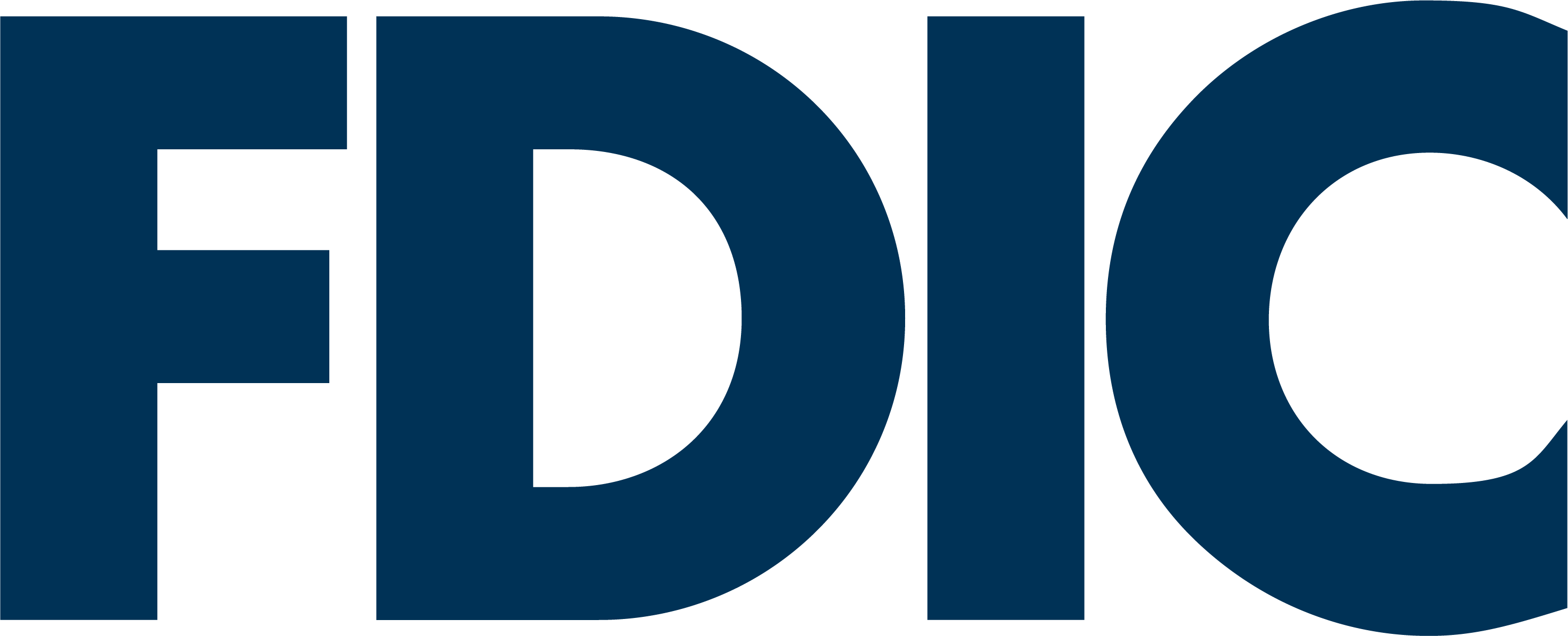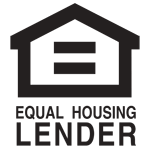5 Pro Credit Tips We Want Everyone to Know
Key Takeaways:
- Know your credit score and whether it falls in the good, fair, poor, or bad range right now.
- Check your credit report at least once a year.
- Understand how much interest you’ll pay on credit card debt.
- Aim to keep your credit utilization below 30%.
- Consider an installment loan instead of credit cards.
Your credit score affects how much credit you can access, how long you’ll have to pay it back, and how much it will cost you in interest. Revolving credit like credit cards and home equity loans (HELOCs) can be great financial tools, but it’s important to understand the pros and cons of using them to meet your financial goals.
1. What’s a good credit score?
Generally, credit scores are like report cards ranging from “A” to “F.” Take a look at these general ranges, but know that wherever you are now, there are things you can do to either maintain an excellent score or improve a bad one.
- Excellent: 740 to 850
- Good: 680 to 739
- Fair: 620 to 679
- Poor: 550 to 619
- Bad: 300 to 549
2. Check your credit report at least once a year.
When it comes to what’s being reported about your credit, you need to know exactly where you stand. Even if you’re totally on top of what you owe, errors in credit reporting commonly occur. Mistakes can be as simple as a typo in your name or address or as complex as the latest identity theft scheme.Take charge by going to annualcreditreport.com to get free credit reporting every 12 months. It covers information collected from the three major national credit reporting agencies—Equifax, Experian, and TransUnion—and gives you ways to make corrections.
3. Do the math on interest.
Credit cards require more discipline than it may seem when swiping and tapping them to shop conveniently in the day to day. Here’s an example of a situation that’s easy to fall into:Let’s say you’ve maxed out a credit card at an 18% annual percentage rate (APR). If you make only the minimum payments of typically 2%, it could take you nine years and $9,000 to pay it off. The higher the maxed-out amount, the longer it will take to pay off and the more interest you’ll pay. Ask yourself if each purchase is really worth it.
Another pitfall to look out for is the cost of not being able to make payments. Missing one payment can reduce your credit score by as much as 40 points.
You can also get dinged for what’s known as high utilization. That means you use a high percentage of the credit available to you. For instance, if you have $10,000 of available credit, using $8,000 of it would be a relatively high utilization, but using only $2,000 would be a low utilization. Aim for a low balance if you can.
4. The same goes for home equity lines of credit.
A HELOC is considered revolving credit, just like a credit card, and the same pitfalls should be avoided.Let’s say you have $25,000 credit available to you, and you plan to use it all for a renovation. That means high utilization, greater risk of missing a payment, and potential damage to your credit score.
5. Explore installment loans as a potentially better choice.
In some circumstances, a credit card or a HELOC is the best tool to meet your financial goals. In others, a different type of credit like a personal loan, with a longer term and potentially lower rate, may be a better fit. It’s all a balancing act of how much credit you really need, what you can reasonably re-pay when, and how these factors affect your interest rate.United credit experts are here to help you navigate all the alternatives. Let’s start a conversation.














